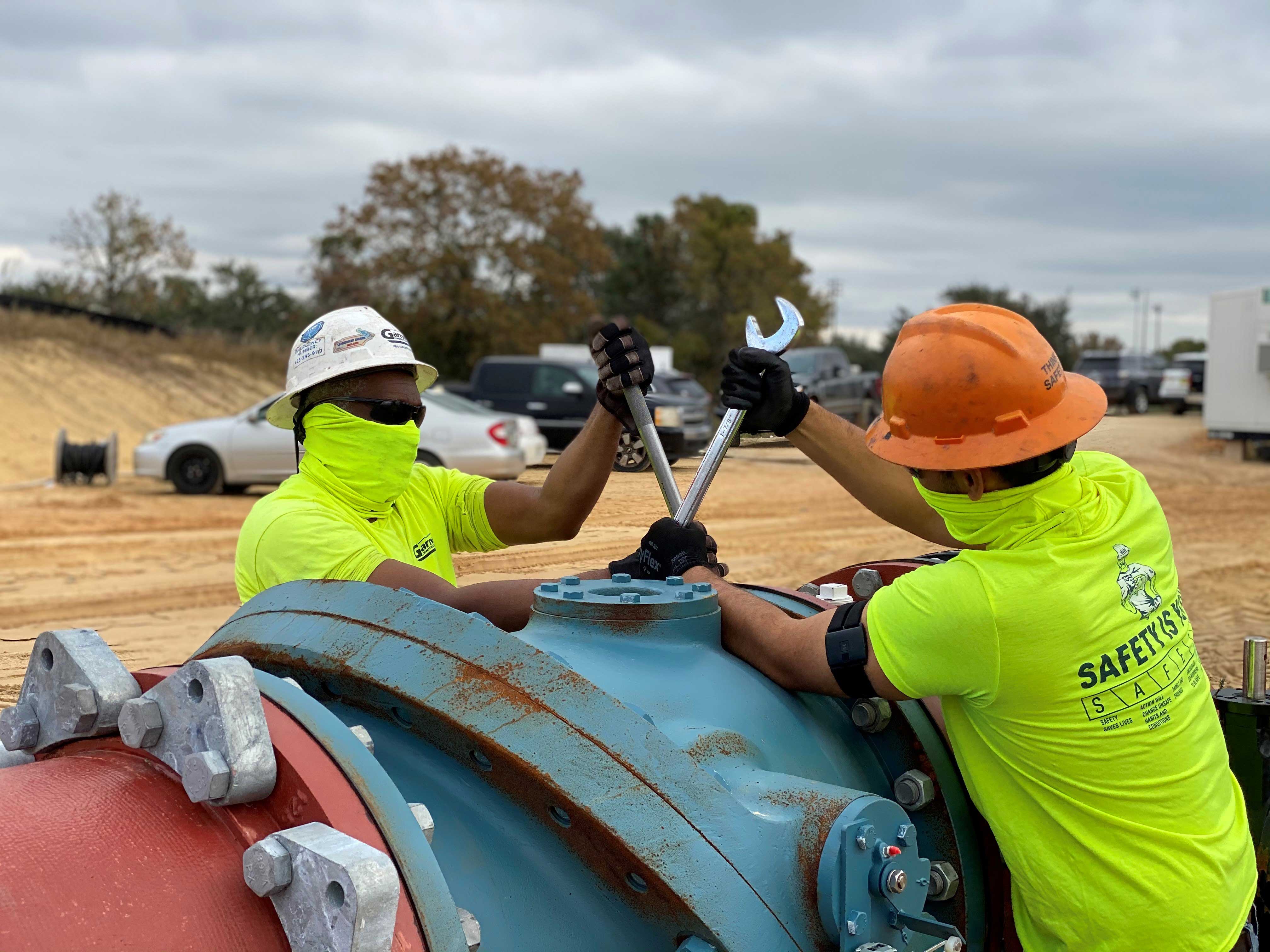Garney Construction has recently trialed a new smart device from Kenzen to help protect workers from heat stress.
The devices, which were worn on the arms of 28 Garney workers at 10 worksites throughout the U.S., monitor key physiological indicators of each worker, including core body temperature, heart rate, and exertion level. Detecting changes in these factors can lead to proactive prediction and prevention of heat injuries and illnesses.
The wearable sensors alert workers by sending vibrations to the device and notifications to their smart phones. Notifications are also sent to supervisors via their phones and a web dashboard that provides the real-time health status of each worker. The alerts escalate from an initial “stop work” message to subsequent alerts for additional measures to avoid emergency situations. Follow-up alerts indicate when a person’s core body temperature has returned to a safe level to resume work.
The collected data can be analyzed to create custom heat stress prevention and treatment strategies at various locations and climates. Garney used the location-specific information to adjust break times and educate employees about the best clothing choices and how to acclimatize to warm working conditions.
Related Stories
Building Technology | Nov 10, 2016
New system from MIT may help buildings monitor stress and damage over time
The computational model is being tested on MIT’s Green Building.
Building Technology | Nov 10, 2016
Multifamily development in Miami will feature healthy indoor environments
The 100-unit tower will incorporate healthy living enhancements from The Wellness Habitat Company.
Building Technology | Oct 7, 2016
How much is that LEED point worth? A new tool provides answers
Autocase analyzes the financial, social, and environmental benefits of certification.
Building Technology | Oct 5, 2016
Autodesk’s new BUILD Space is focused on the future of making things in the built environment
The 34,000-sf facility will host teams from academia, industry, and practice doing work in fields including digital fabrication, design robotics, and industrialized construction.
Contractors | Aug 10, 2016
Dodge launches new app to simplify pros' search for suitable projects to bid and work on
The product, called PlanRoom, could be particularly useful in sharing data and communications among AEC teams.
Virtual Reality | Jul 30, 2016
Stantec to open VR showrooms in two offices
The firm moves into its second stage of testing this technology as a real-time design tool.
Building Tech | Jul 14, 2016
Delegates attending political conventions shouldn’t need to ask ‘Can you hear me now?’
Each venue is equipped with DAS technology that extends the building’s wireless coverage.
Sponsored | Building Technology | Jul 11, 2016
3D scanning technology solves University of Iowa Children’s Hospital’s curved wall curveball
Gilbane Building Company utilized advanced 3D scanning technology as part of a virtual design and construction (VDC) solution to ensure quality control throughout the lifespan of the project
Building Technology | May 24, 2016
Tech is the new office perk, says a new survey of American workers
But most employees still see their companies falling on the dull side of the cutting edge.
Green | May 16, 2016
Development team picked for largest Passive House project in North America
The 24-story curved building would be 70% more efficient than comparable housing in New York City.
















